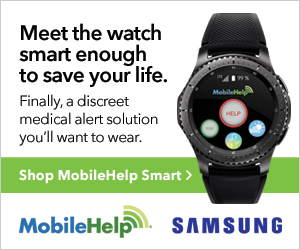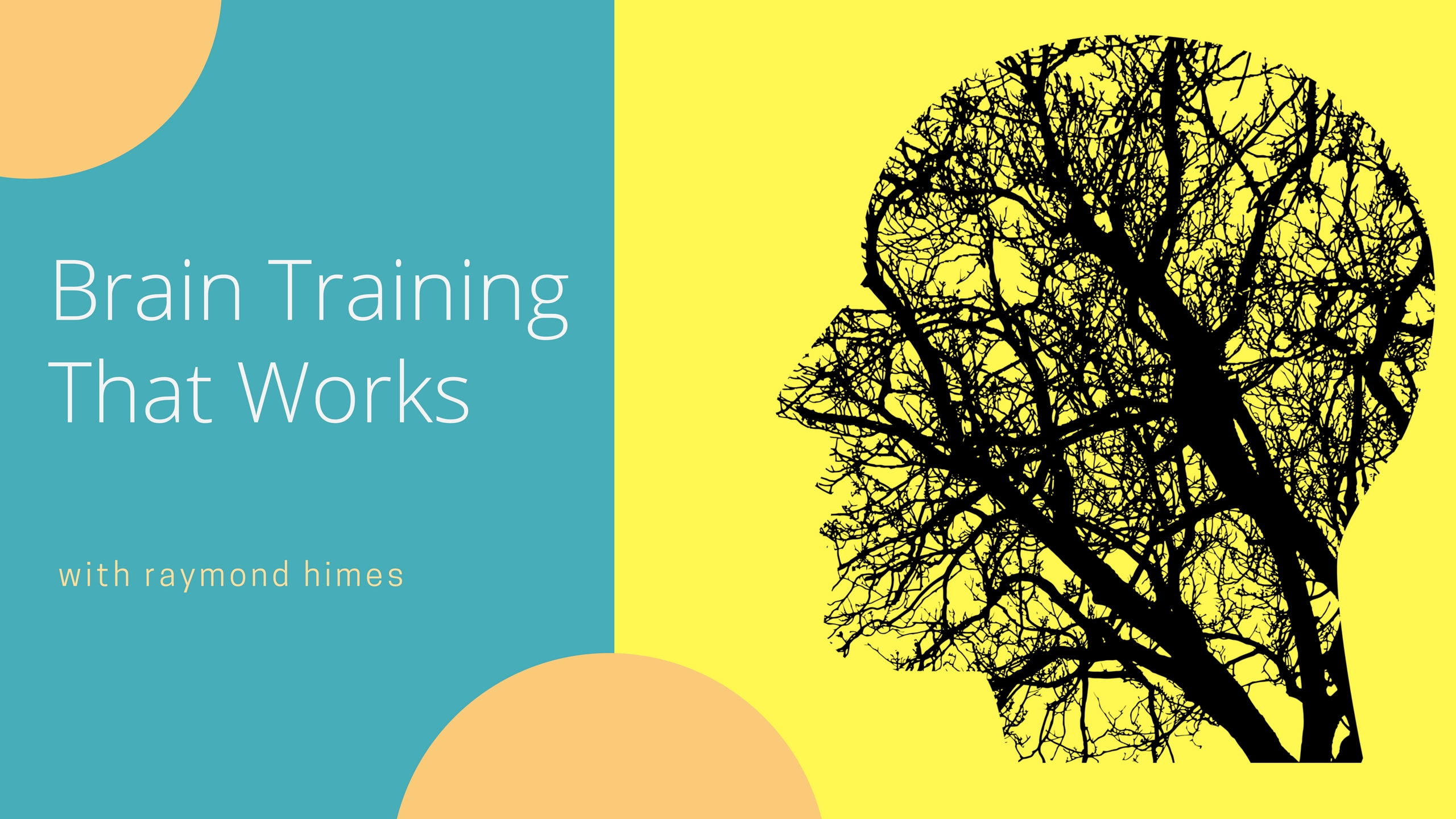A Device For Immortality?
Since the beginning of mankind, we have been fascinated by immortality. Many have tried, from the pharaohs of ancient Egypt to devout followers of man-made religions. Yet, eternal life remains elusive.
In the Hollywood sensationalized movie The Imitation Game, based on the life of Alan Turing, considered the father of theoretical computer science and artificial intelligence, the movie explores the notion of living forever through an intelligent system. And as mortality nears, many baby boomers are looking to science.
According to baby boomer Ray Kurtweil, the author of The Singularity is Near and Director of Engineering at Google, he stated at the Global Future 2045 International Congress that by 2045 we can reach immortality. Humans will be able to upload their entire brains to computers and become digitally immortal.
How are wearables and the Internet of Things accelerating the trend towards immortality?
Lifelogging Cameras
A new generation of lifelogging cameras and drones are enabling first-person and aerial view recordings that persist in the cloud. Autographer is a wearable camera capable of shooting up to 2,000 shots a day while worn around the neck or clipped onto clothing. Narrative shoots two photos a minute and tags the location using built-in GPS. Nixie, a wearable and flyable drone camera, unfolds to create a quadcopter that flies, takes photos or video, then comes back to you. Trace allows users to record a third-person view of themselves, hands-free. We are closer than ever of being able to record our entire lives from birth to death.
Then the visual narrative of your life can be re-experienced vividly through a virtual reality headset for immersive 3D experience.
Cloud-Based Social Services
Lifelogging apps such as LifeLog, Reporter, Day One, Saga, Narrato, Path, OptimizeMe, and HeyDay complement drones and wearables cameras by making digital autobiography effortless by integrating your social networking updates and photos, syncing with the cloud, and adding automatic metadata such as location, weather, date, time, movements and/or music choices.
Even Facebook gets lifelogging with their Year in Review feature that shows your “biggest moments” in the past year. Twitter, albeit cumbersome, now lets you download your archive of tweets and browse them by month.
One Step Closer to Immortality?
At some point in the future, with all this exhaustive data set of your every moment, encounter, and physical responses, science may be able to stitch the video stream with physiological data to transfer to a new body, perhaps a human clone of yourself developed from your DNA or a robotic substrate. Does it sound far fetched? Perhaps.
Life Extension
Some futurists and transhumanists believe that through mind uploading or whole brain emulation (WBE) one can achieve immortality. In theory, the brain can be disassociated from the body, thus no longer limited to the lifespan of a biological body.
The human brain consists of 300 million pattern recognition modules and about 85 billion nerve cells in its neural network. Synapses or signals at the junctures between neurons are transmitted by the release neurotransmitters. Neuroscientists believe that functions such as learning, memory, and consciousness, are due to purely physical and electrochemical processes in the brain.
Category: Articles




































